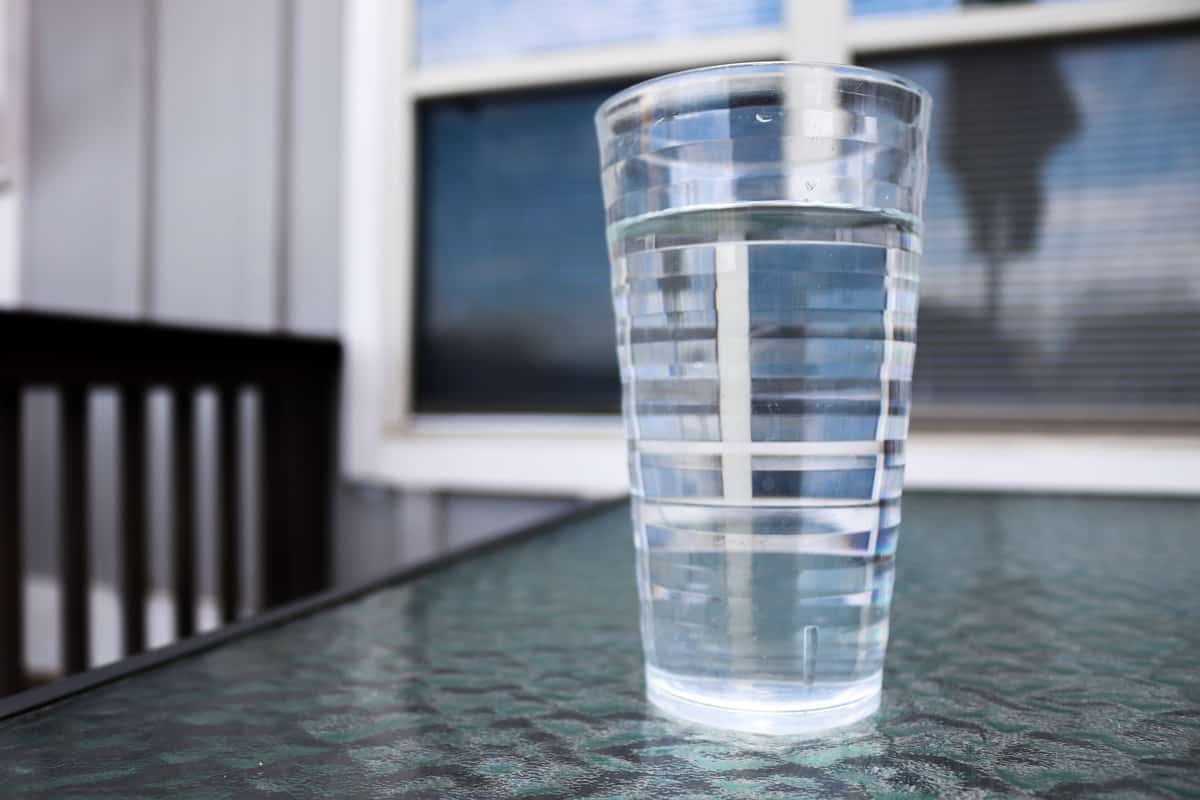Milad Esfahani, a professor of chemical and biological engineering at The University of Alabama, has been leading research into ways to remove potentially carcinogenic “forever chemicals” from drinking water that research suggests are present in almost all humans.
A recent White House report shed light on a potential association between perfluoroalkyl and polyfluoroalkyl substances, or PFAS, found in drinking water and risk of testicular and kidney cancer.
The report showed the process by which these chemicals contaminate water, such as through emissions from manufacturing plants, which can be inhaled and contaminate water and soil.
Esfahani said PFAS are everywhere, including clothing, cooking utensils and car tires.
Other potential effects may include increased cholesterol levels, changes in liver enzymes and decreased vaccine response in children, according to the Agency for Toxic Substances and Disease Registry.
“They are everywhere and it’s really hard to destroy them. For this reason they are called forever chemicals,” Esfahani said.
Through a state-funded project, Esfahani and a group of doctoral students have been working in Esfahani’s lab in the Bevill building to create ways to remove PFAS from water.
Medha Kasula, a third-year chemical engineering doctoral student, said there are three different areas to work on: detection, removal and destroyal.
“We use absorbance and membranes to separate PFAS from the water, then pass it to the next research group that can disrupt it,” Kasula said.
Tin Le, a fourth-year chemical engineering doctoral student, has been working on using membrane filters to remove PFAS. He says the membrane filtration uses a similar process to air filters that are found in cars and homes.
“We’re passing water through a membrane and any contaminants such as PFAS are stuck to the membrane,” Le said.
Jasneet Pala, a third-year chemical engineering doctoral student, has also been working with Esfahani. Her focus has been on a powder that could absorb PFAS from water.
“[The powder] has a really high absorption capacity. If we drop an amount of this powder [it] would absorb the PFAS,” Pala said.
Esfahani said that if companies stop generating materials containing PFAS, the risk of them contaminating water will decrease. However, he’s doubtful about this possibility.
“It’s not going to happen because they are useful materials,” he said.
Pala said the government has recently acknowledged the issue and set up a strict limit on PFAS with penalties for companies that exceed that amount. However, Esfahani said these regulations only stop one generation of PFAS, as new types emerge all the time.
“They are making other types of [PFAS] and more investigation is needed … to see what the negative effects of these new materials are,” Esfahani said.
Esfahani said one of his goals is to make people more aware of these chemicals.
“I know that it’s scary, but it’s better that we know they exist, and then we can find a way to remove and destroy them,” Esfahani said.









